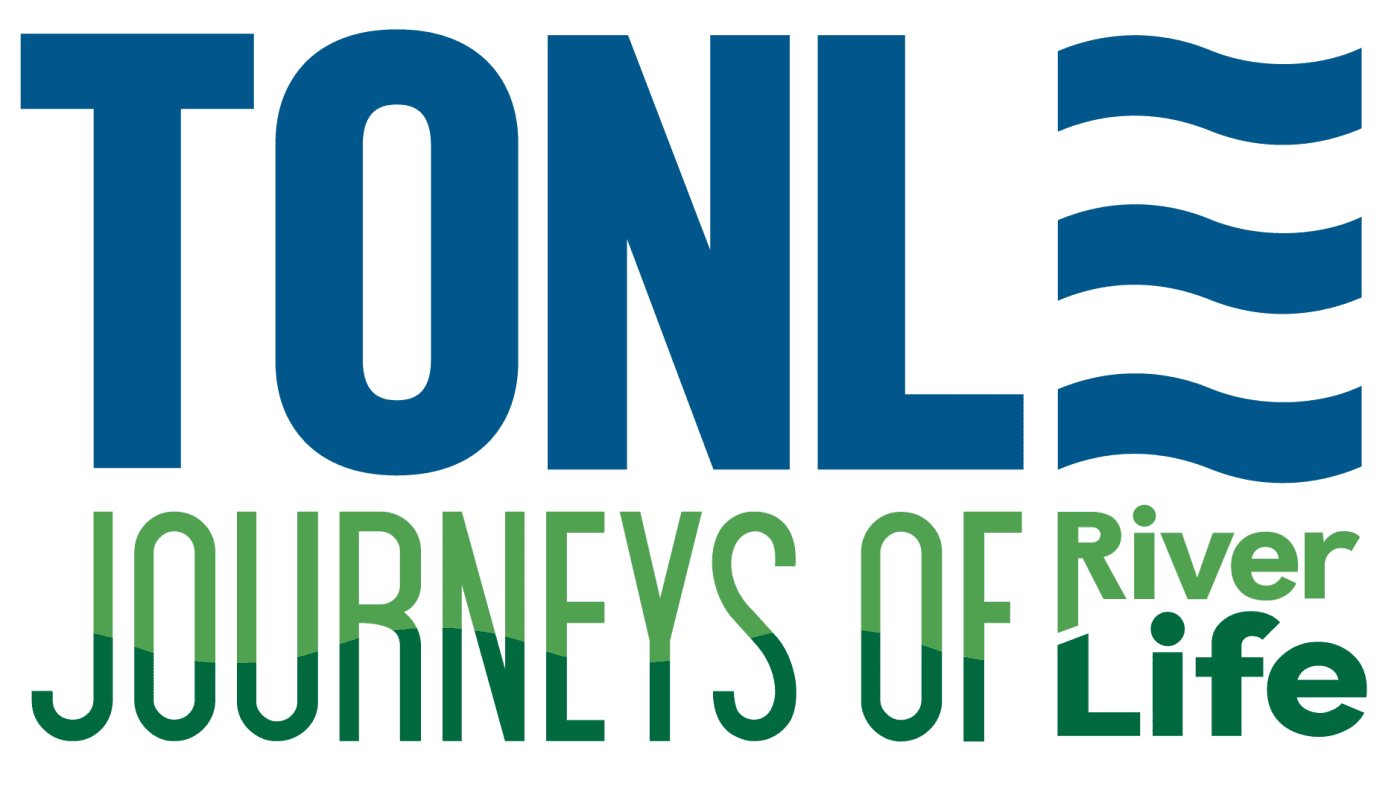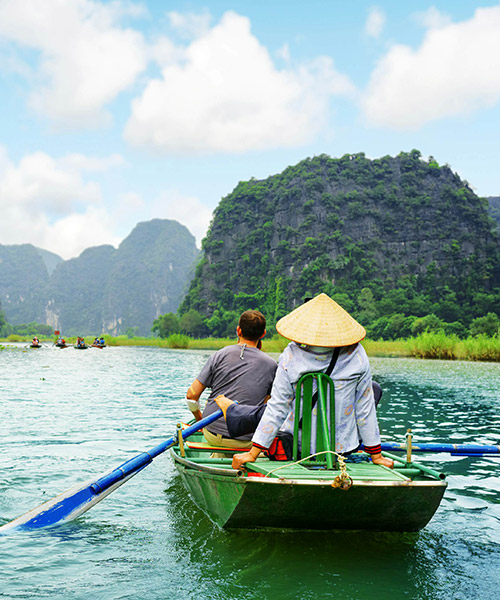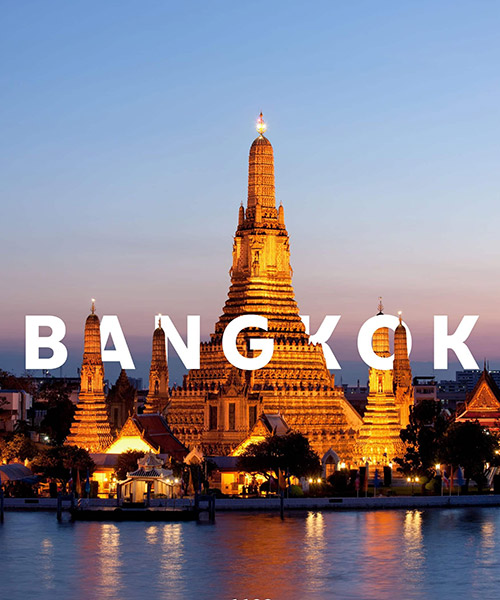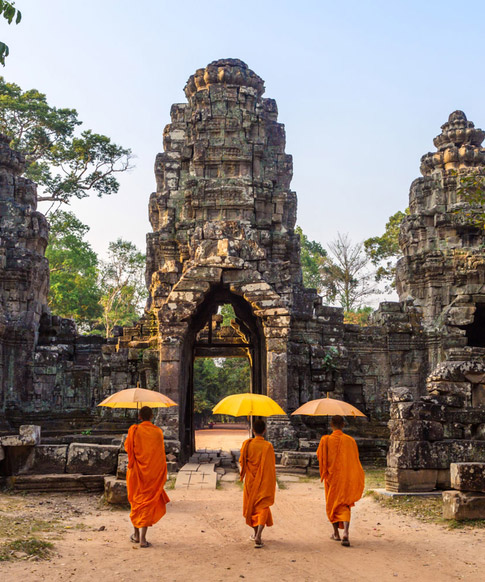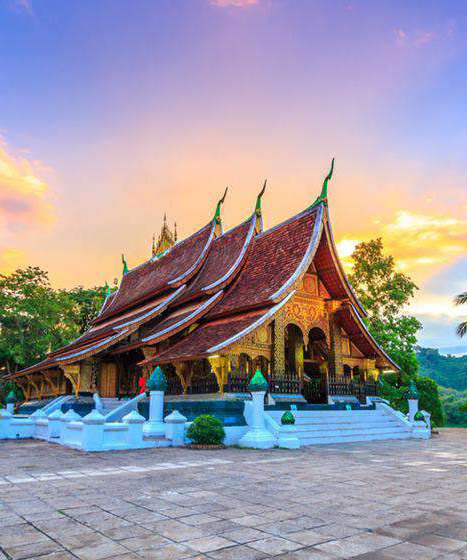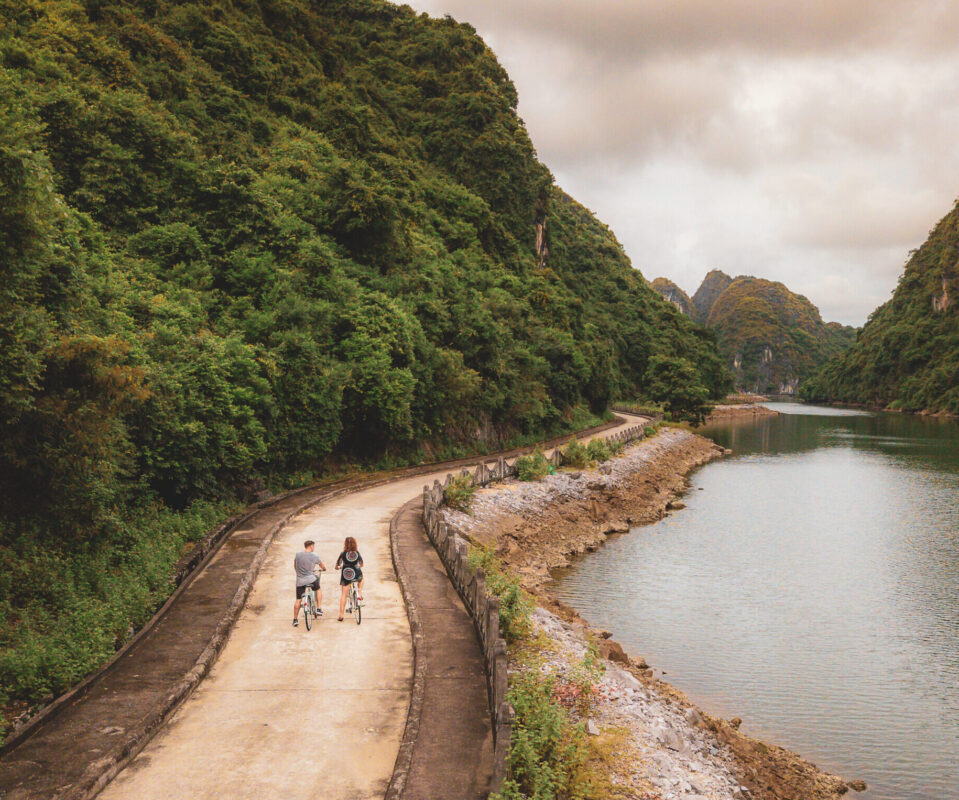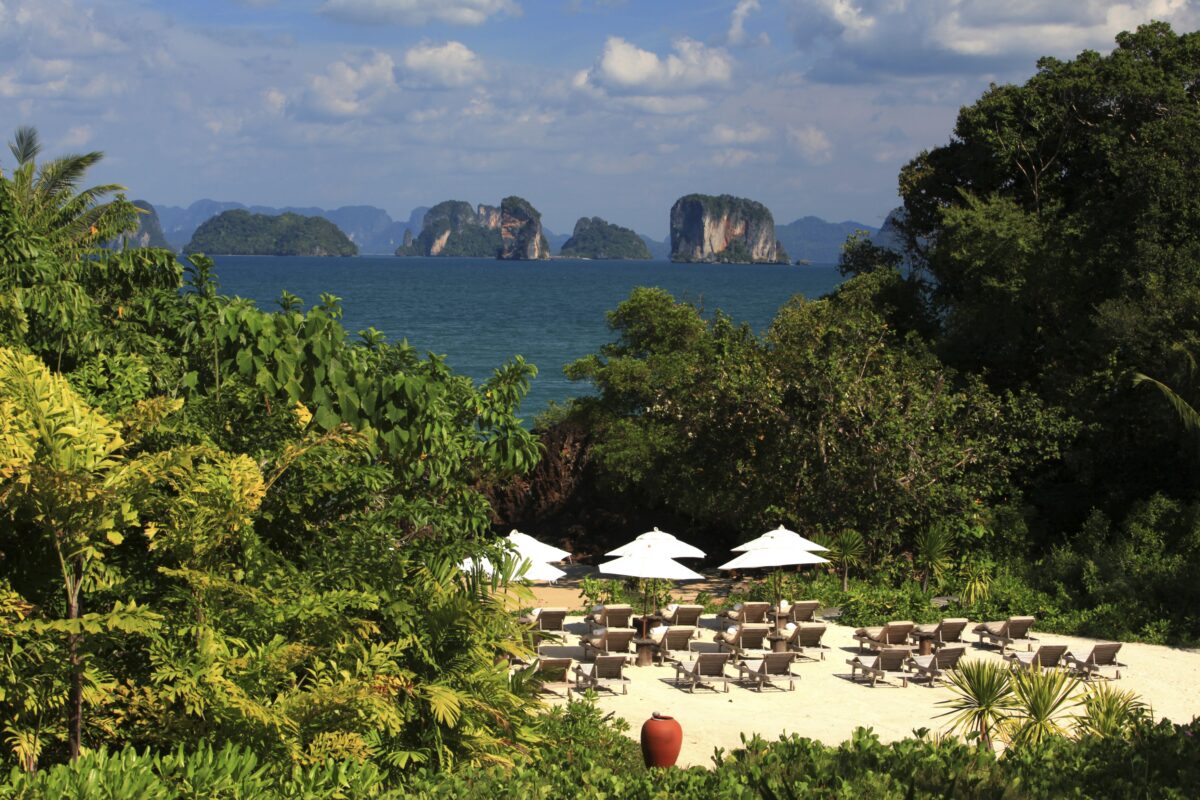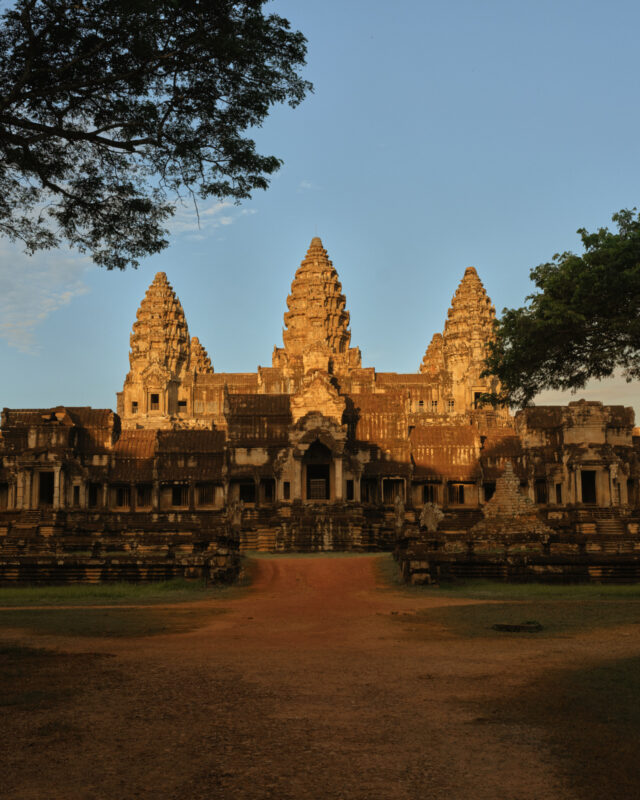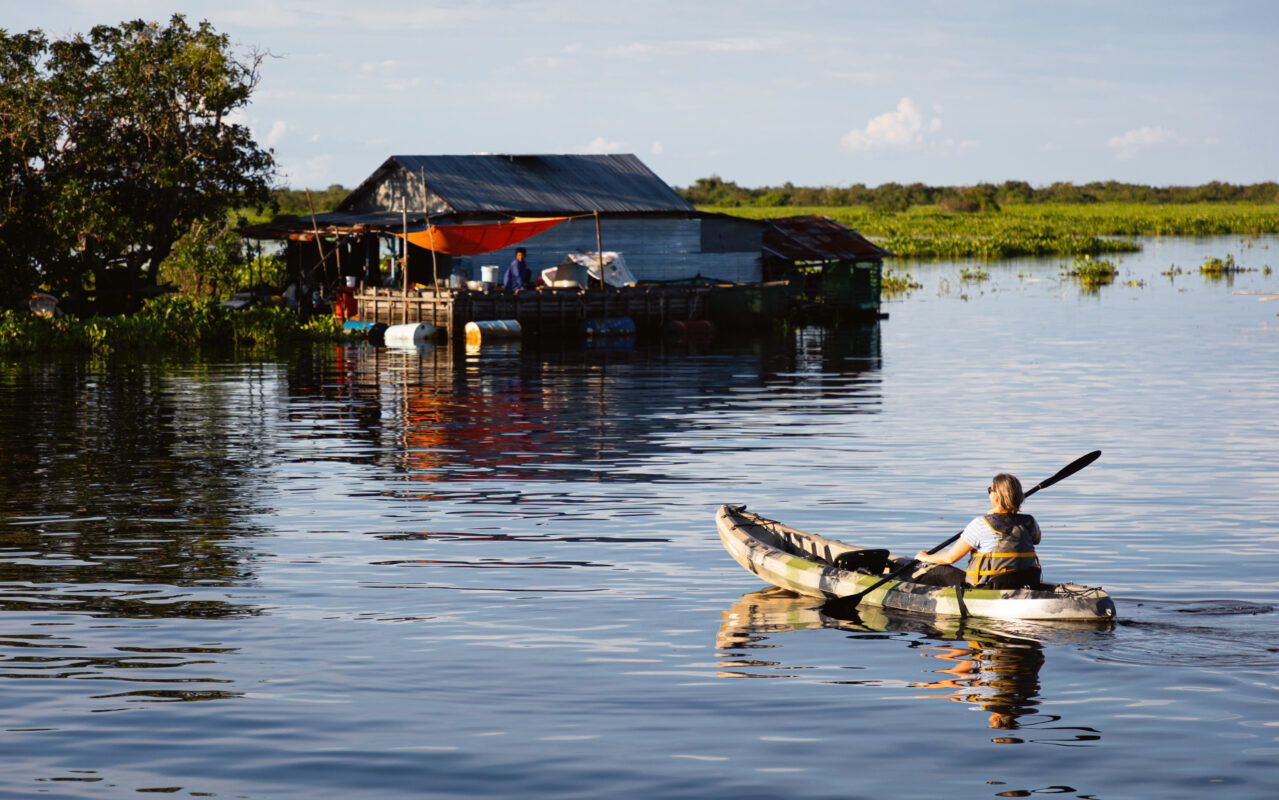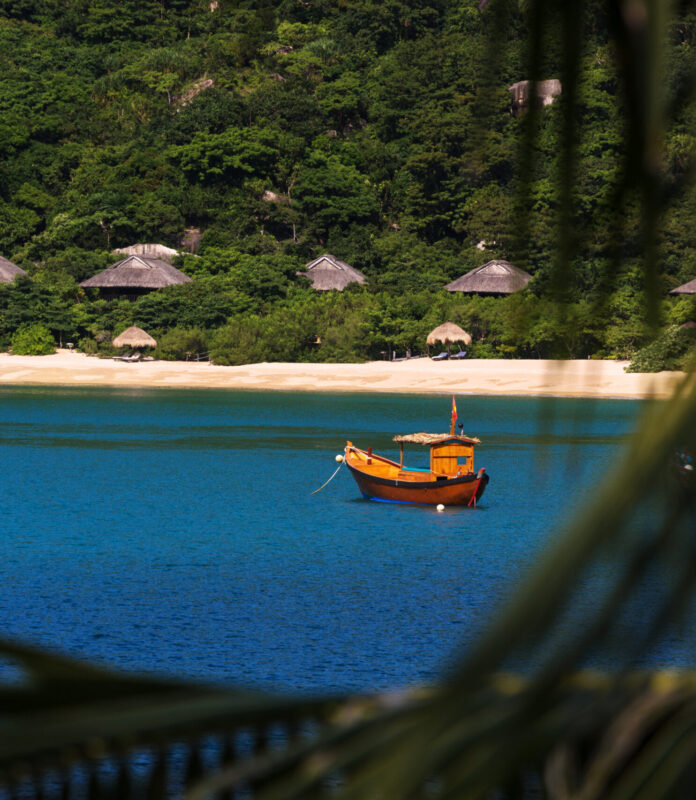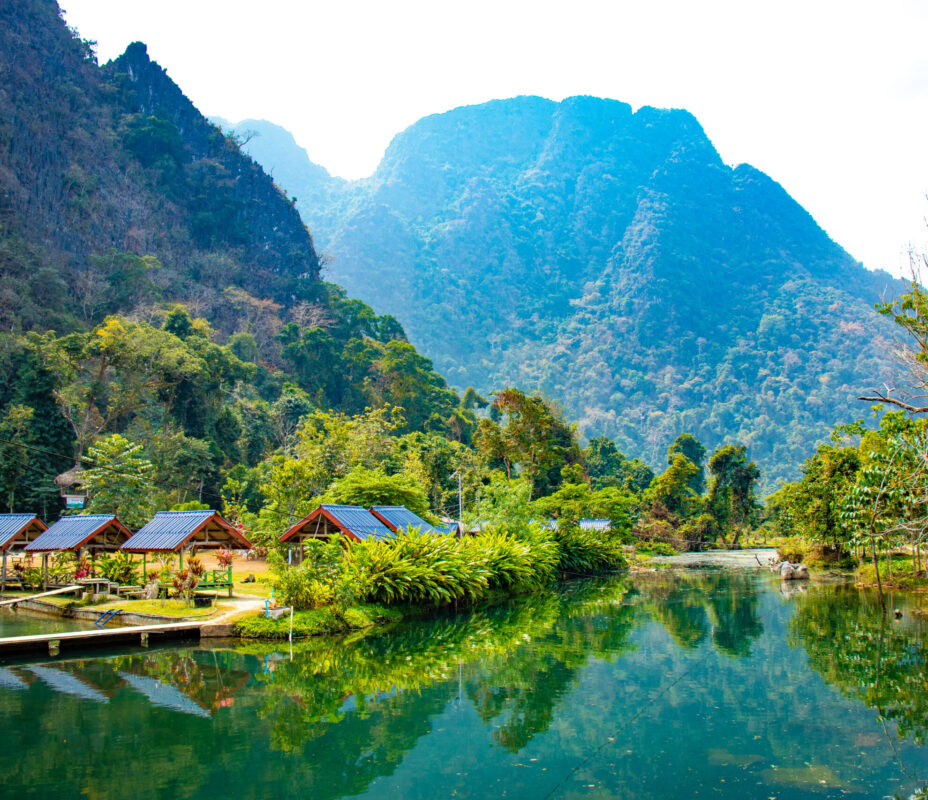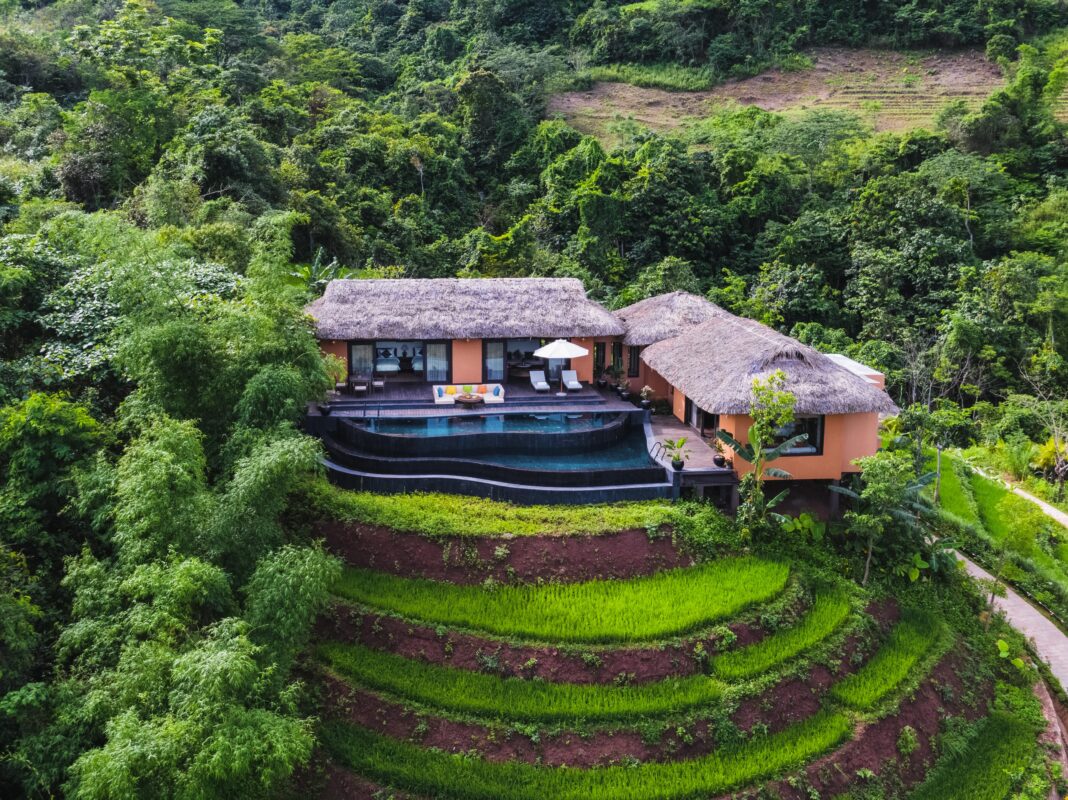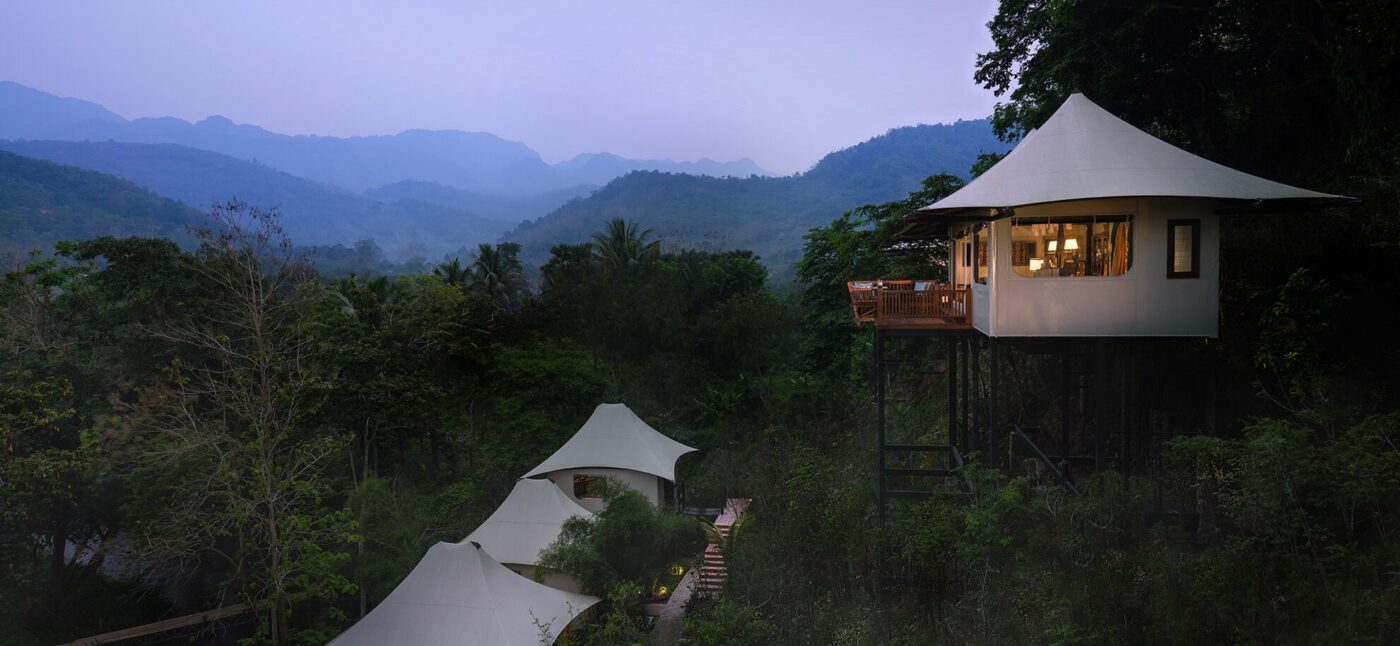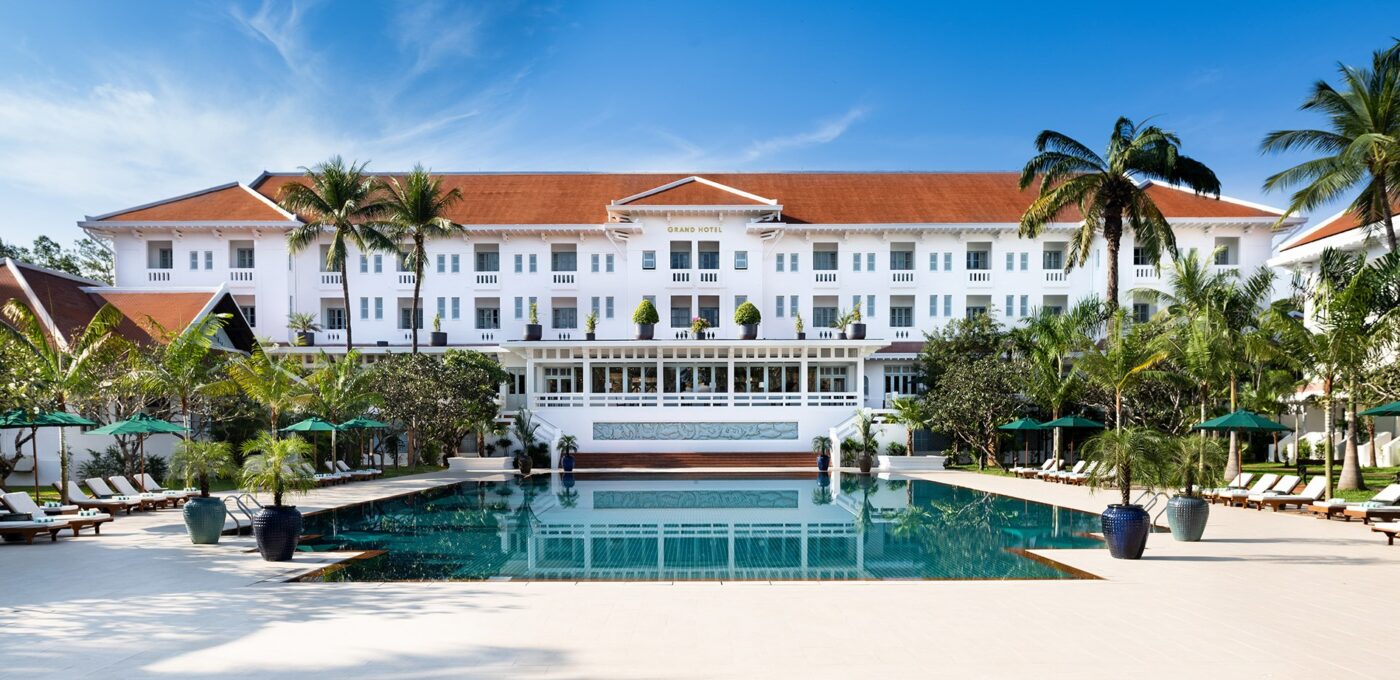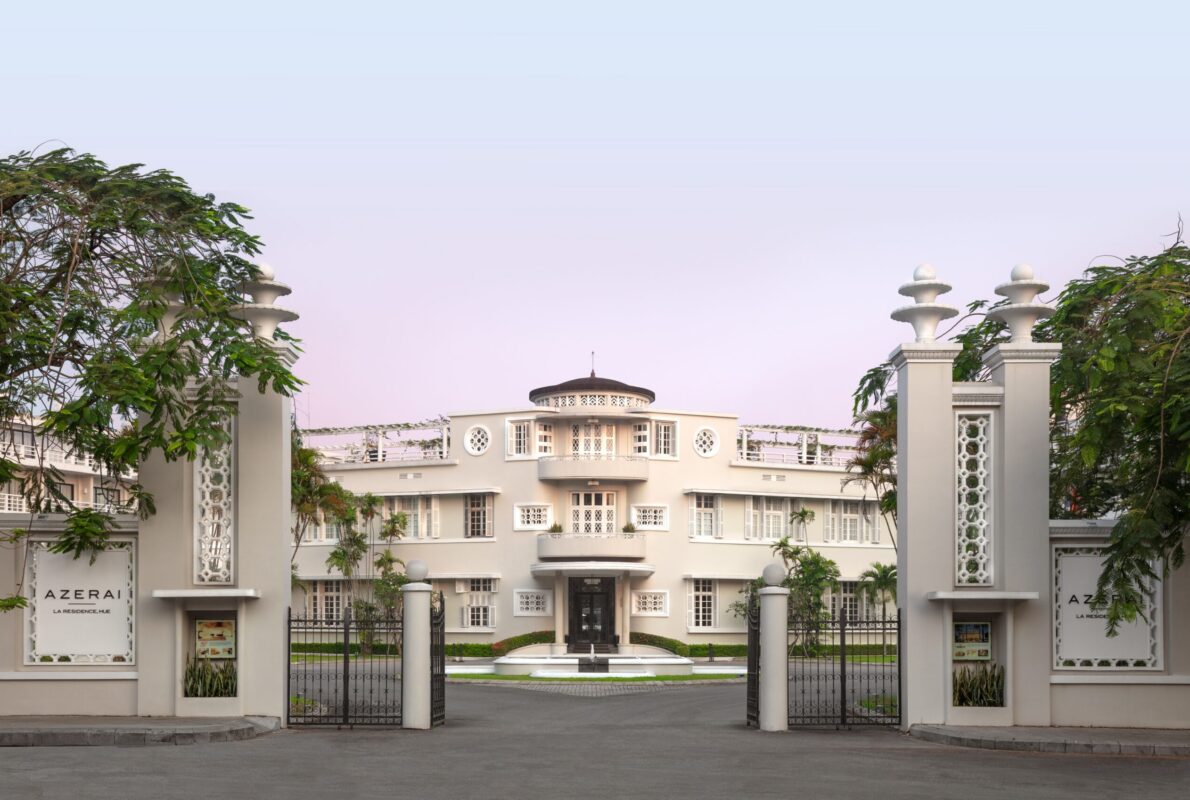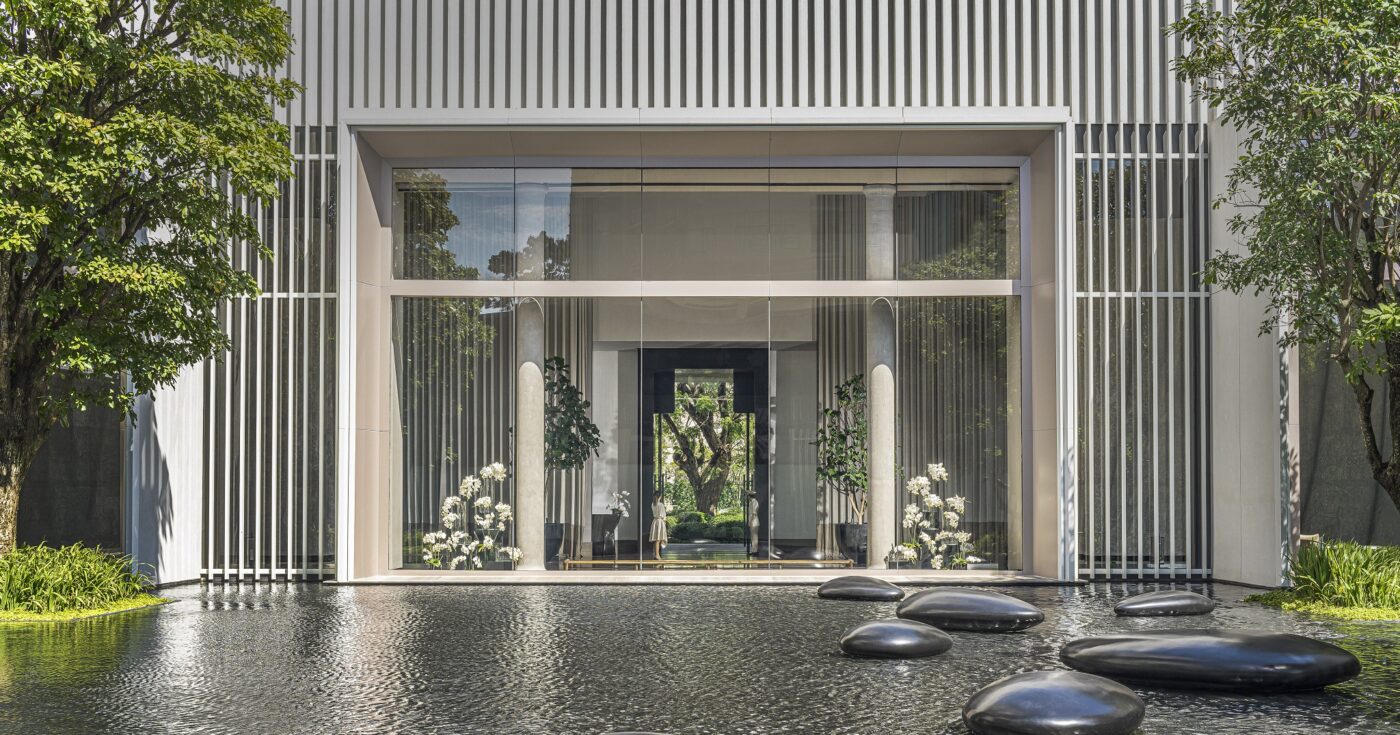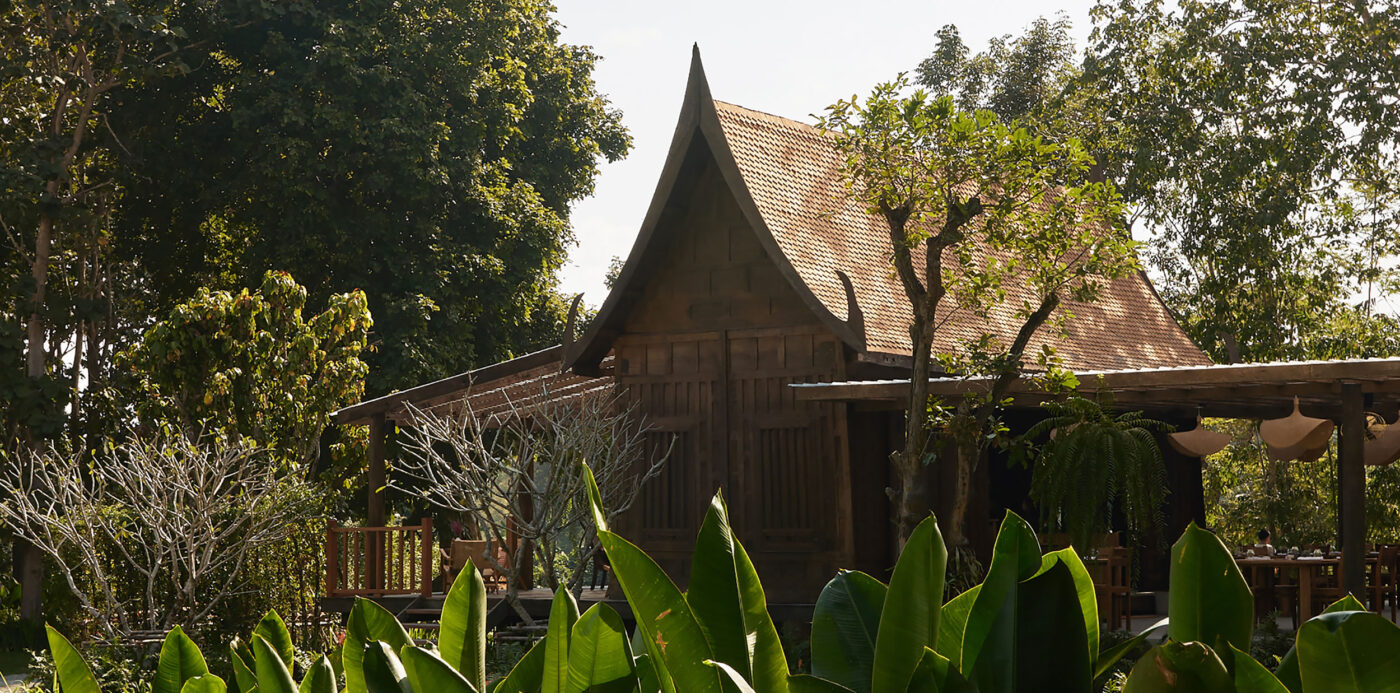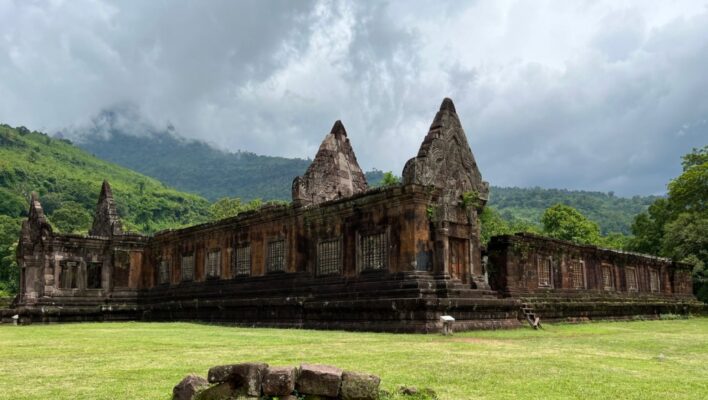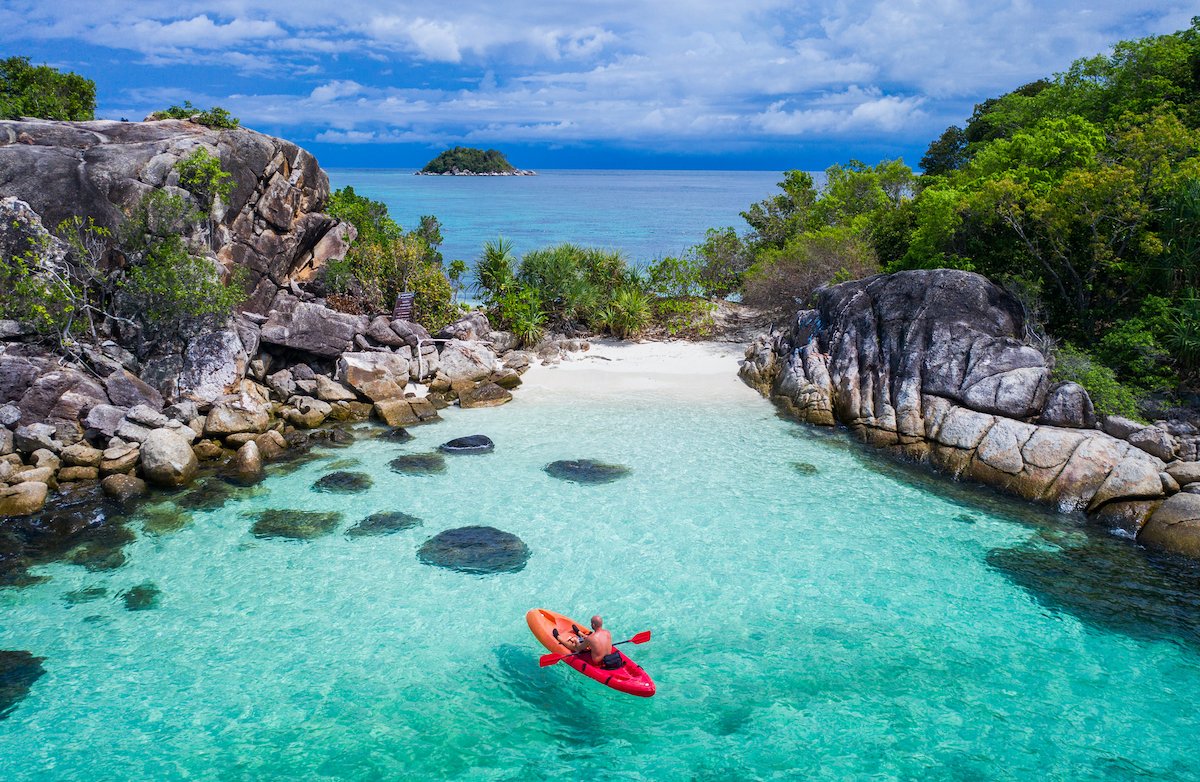Travelling to Thailand is a breeze, as the country has a tourist-friendly policy as well as a vast network of infrastructure and hotels that cater to a diverse array of business and leisure travellers. But before planning your next trip to Thailand, it’s good to know all the essential information about the country, such as when is the best time to go, what to bring, getting around, cultural etiquettes, numbers to call in case of emergencies and all the facts that will help make your journey as pleasant as it can be.
Get to know the Five Regions of Thailand
Thailand covers the area of 514,000 sq km (2/3 the size of NSW) 5 regions, 77 provinces
Central Thailand is known for its fertile alluvial plains of Chao Phraya River. This region is the agricultural heartland of the country with a network of rivers and canals. It comprises of 17 provinces including the capital – Bangkok, the former capital & UNESCO World Heritage Site – Ayutthaya and the WW II historical site – Kanchanaburi. This region is the centre of Thailand’s history and is full of ancient temples and ruins.
Northern Thailand is well known for its lush mountains full of forests and waterfalls and is home to many ethnic hill tribes. The region comprises of 17 provinces including Thailand’s second largest city – Chiang Mai. The home to the notorious Golden Triangle, Chiang Rai is on the border of Thailand, Myanmar and Laos, the former capital & a UNESCO World Heritage Site – Sukhothai, the city of fog – Mae Hong Son and the hidden gem – Nan.
Northeastern Thailand (Isan) is on a large plateau that borders Laos and Cambodia. The region comprises of 20 provinces and is famous for its intercultural influence of Thai, Laotian and Khmer cultures, from the same era as Angkor Wat. Lower Isan is most notable for its Khmer influenced ruins whereas upper Isan is full of ideal peaks perfect for trekking. It is the most populated region but the least popular among tourists from overseas. This region is home to Thailand’s first national park & UNESCO World Heritage – Khao Yai in Nakhon Ratchasima, Ubon Ratchathani where Thailand’s most elaborate Candle Procession Festival is held every year to mark the beginning of the Buddhist Lent and Loei which is home to one of Thailand’s best trekking sites where the grand merit making event Phi Ta Khon Festival is held.
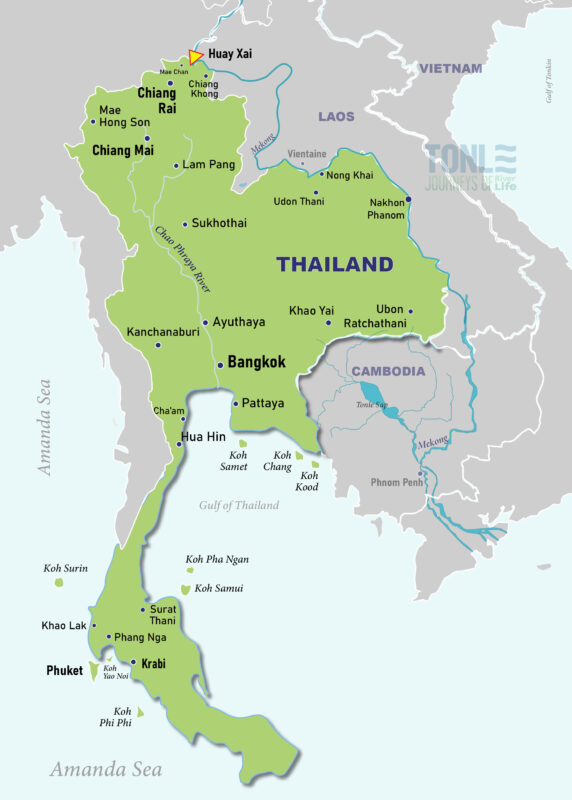
Eastern Thailand is the smallest region comprises of 9 provinces including the bustling resort city – Pattaya in Chonburi, Ko Samet in Rayong and Ko Chang in Trat.
Southern Thailand is famous for its long coastlines with several small islands. On the west is the Andaman Sea with its rugged and strange limestone rock formations and on the east is the Gulf of Thailand with its wide bays and more flat beach. The region comprises of 14 provinces including the famous holiday destinations – Ko Samui, Ko Phangan and Khao Sok in Surat Thani, Mu Ko Similan in Phang – Nga, Mu Ko Phi Phi in Krabi and Thailand’s most popular tourist destination – Phuket.
When to Go to Thailand
The best time to visit Thailand is between November and February, when the climate is relatively cool and dry (25-32°C). While Bangkok usually sees insignificant temperature drop, the northern and northeastern provinces can be rather cold. And if you plan to take a trip into the mountains, be sure to bring a sweater or warm jacket. December is the festive season, like in the West. Some of the most colourful festivals, such as Loy Krathong, Trooping of the Colours and New Year’s, fall in this period. Major shopping districts, particularly those in Bangkok, add to the year-end spirit by sporting decorative lights and Christmas-theme décors. The only drawback for arriving during this period is that popular destinations are crowded, and hotel rooms are in short supply. Prices for accommodation, tours, transportation and certain goods are usually bumped up to take advantage of the tourist influx. Arriving between March and May will put you right through Thailand’s summer, when temperatures can climb above 40°C. Coupled with high humidity, it may feel more like you are actually in a giant heated oven with no escape route, except occasional visits to air-conditioned shopping malls and dining establishments. The monsoon season (June-September) is usually very wet and humid. But the good news is that you can always hide out in a mall, spa or restaurant to escape the heavy downpours which usually don’t last more than a couple hours. Also, the rain breathes new life in the countryside, abundant with rice fields and trees. National parks and waterfalls are usually at their best.
Weather & Climate
Thailand is relatively hot all year round, although officially it has three main seasons. In Summer (March – June), temperatures can soar above 40 degrees, particularly in the northeast and Bangkok. Thai New Year, or Songkran, falls in April, the hottest month. To relieve themselves from the heat, Thais throw water at each other during the three-day Songkran festival. The rainy season (July – October) brings lots of downpours and heavy rainfall, usually in the late afternoons or early mornings. Temperatures are moderately high, but it can feel very uncomfortable due to high humidity level. The most welcomed season is the cool season (November – February), which brings a relatively dry and pleasant climate. Temperatures rarely rise above 35 degrees during the day.
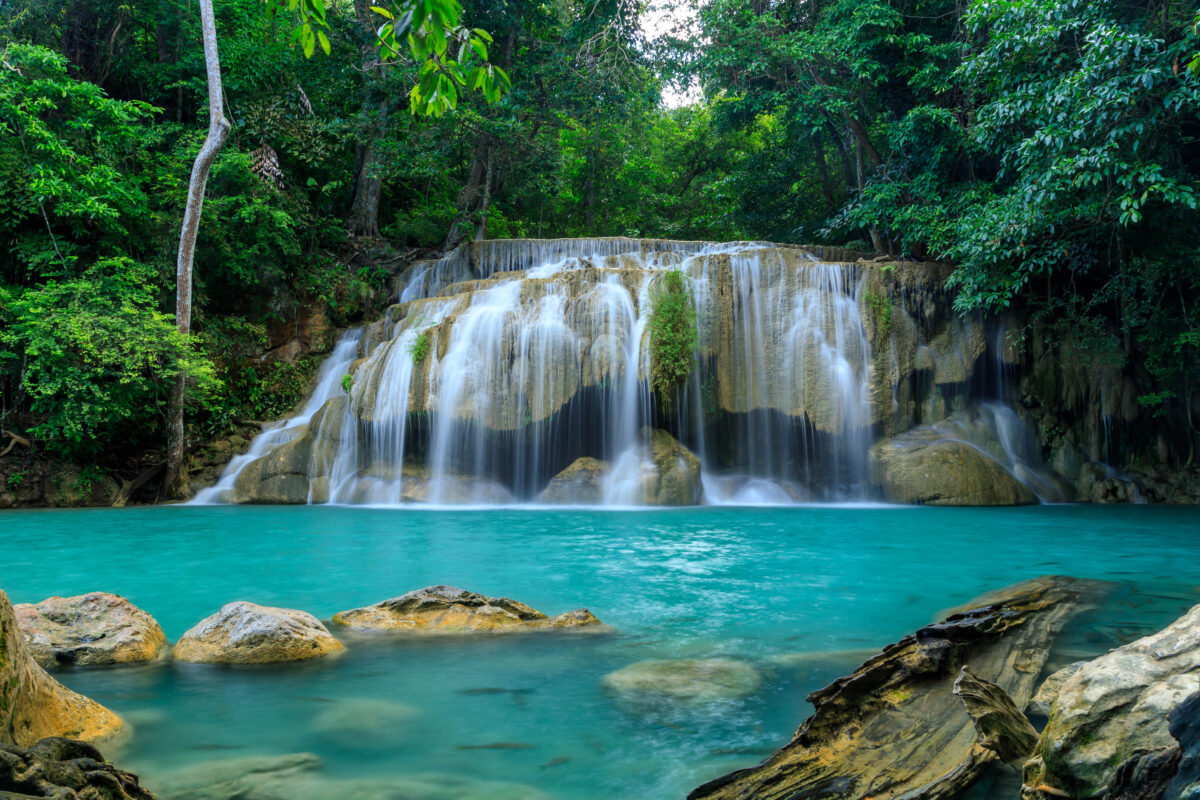
Tourist Visas
Tourist Visas Tourists from many countries (including the US, UK, Germany, France and Singapore) do not require a visa when entering Thailand and can stay for a duration of 30-days. In many of these countries (including the US, UK, Australia, Germany, France and Singapore) you can apply for a 60-day tourist visa before you leave. If you hold a Brazilian, Peruvian or South Korean passport, you are exempted from visa requirements and are permitted to enter and stay in Thailand for a period of not exceeding 90 days. Citizens of some other countries are required to apply for a 15-day visa at immigration checkpoints on arrival, while others must apply for one before they leave. It all depends on the particular visa arrangement Thailand has with your home country. The best way to find out is to check with either the Thai Immigration Bureau or the Thai Embassy or Consulate in your home country. Coming to Thailand for business is a whole different story. Check out the Legalities section of our Business Essentials Guide for information about the visas necessary for those looking to work or gain employment here.
Visas to Thailand
Holders of Australian, New Zealand and EU passports do not require a visa when staying in Thailand for no longer than 30 days. (Thai authority requires at least 6 month validity remaining on the passport.)
Any enquiries about entry requirements, longer stays or visas should be directed to:
Australia
The Royal Thai Embassy Canberra
111 Empire Circuit
Yarralumla, ACT 2600
Tel: (61-2) 6206 0100
Fax: (61-2) 6206 0123
Email: [email protected]
Website: http://canberra.thaiembassy.org
The Royal Thai Consulate-General
Level 8, 131 Macquarie St, Sydney, NSW 2000
Tel: (61-2) 9241 2542 – 3
Fax: (61-2) 9247 8312
Email: [email protected]
Website: www.thaiconsulatesydney.org/
New Zealand
The Royal Thai Embassy Wellington
110 Molesworth Street
Thorndon, Wellington 6144
Tel: (64-4) 496 2900
Fax: (64-4) 476 3677
Email: [email protected]
Website: www.thaiembassy.org/wellington
Getting into Thailand
Thailand’s International Airports Suvarnabhumi International Airport in Bangkok is the main air gateway into Thailand. It serves more than 50 international airlines, representing every major carrier in the world. Apart from Suvarnabhumit Airport, regional airports, such as Chiang Mai International Airport, Phuket International Airport and privately owned Samui International Airport, serve a small number of direct international arrivals and departures each day. Suvarnabhumi International Airport (Bangkok) Chiang Mai International Airport Chiang Rai International Airport Phuket International Airport Samui International Airport Hat Yai International Airport (Song Khla) U-Tapao International Airport (Rayong) Udon Thani International Airport
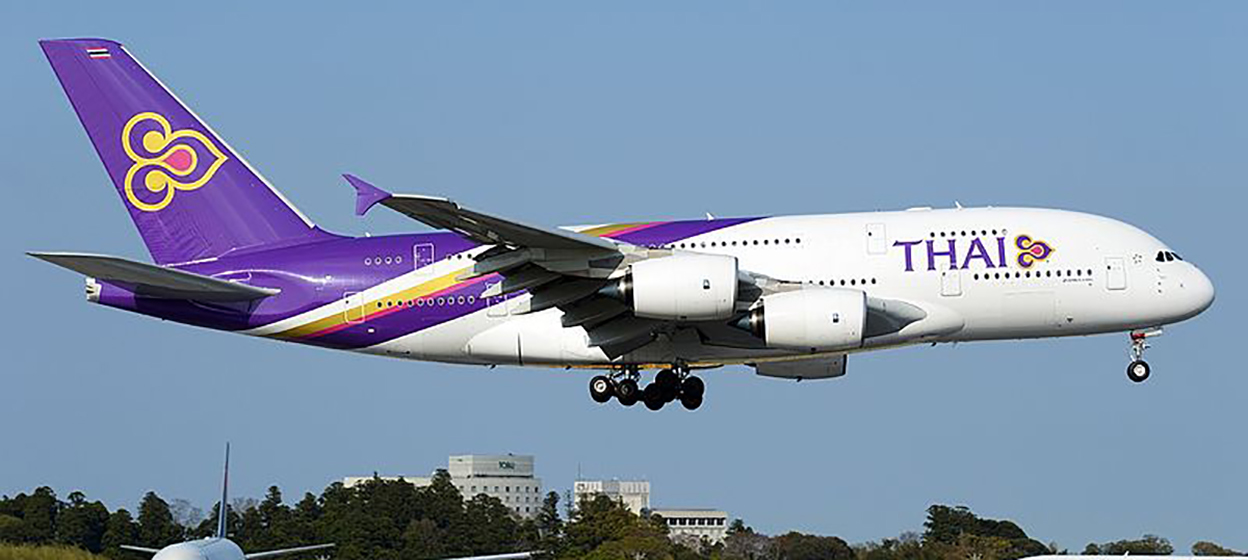
Flights to Thailand from Australia & New Zealand
The following airlines operate direct flights from Australia to Thailand:
– Thai Airways to Bangkok (www.thaiairways.com.au)
– Qantas to Bangkok (www.qantas.com.au)
– Jetstar from Sydney to Phuket & from Melbourne to Bangkok and Phuket (www.jetstar.com/au)
– Emirates to Bangkok (www.emirates.com)
Other main carriers which provide convenient connections from Australia to Thailand include:
– Singapore Airlines
– Malaysian Airlines
– Scoot
– AirAsia
From New Zealand, Thai Airways operates direct flights from Auckland to Bangkok. Most travellers fly to Australia to connect flights to Thailand.
Major airlines operating domestic flights in Thailand:
– Thai Airways International (www.thaiairways.com)
– Bangkok Airways (www.bangkokair.com)
– Nok Air (www.nokair.com)
– Air Asia (www.airasia.com/th)
– Thai Smile (www.thaismileair.com)
Major International Airports Thailand:
– Bangkok Suvarnabhumi
– Bangkok Don Mueang
– Chiang Mai
– Chiang Rai
– Phuket
– Hat Yai
– Krabi
– Ko Samui
Getting Around Thailand
By Air With more than 20 domestic airports in major cities throughout the country, Thailand is well connected by air. Thai Airways has monopoly over most destinations, whereas privately owned Bangkok Airways and budget airlines, such as Nok Air, Air Asia and One-to-Go, serve fewer destinations and fly less frequently. If you are connecting via Bangkok, note that some of Nok Air and One-to-Go flights depart from Don Muang Airport.
By Train All major rail lines originate in Bangkok, at Hua Lamphong, and cover the four regions of Thailand. Faster and more comfortable than buses, travelling by train is the second best option when commuting across the country. Basically, there are three carriage classes to choose from. First Class offers private 2-person compartment with air-condition and wash basin, although bathroom is still shared. Second Class has both air-conditioned and non-air conditioned cabins, all with upholstered seats that are convertible to bunk beds. Third Class cabins are non-air conditioned, have mostly wooden benches, and seats come on the first-come, first-served basis. Note that not all three classes are available on all routes. First Class cabins are usually available on long-distant trains, while those destined for eastern Thailand usually have only Third Class seats. Apart from the carriage type, there are various types of trains, from ordinary trains (usually with only Third Class seats and stops at every stop along the route) to Rapid, Express, Special Express and Diesel Rail Cars. When travelling by train during major festivals and holidays, always purchase your tickets well in advance.
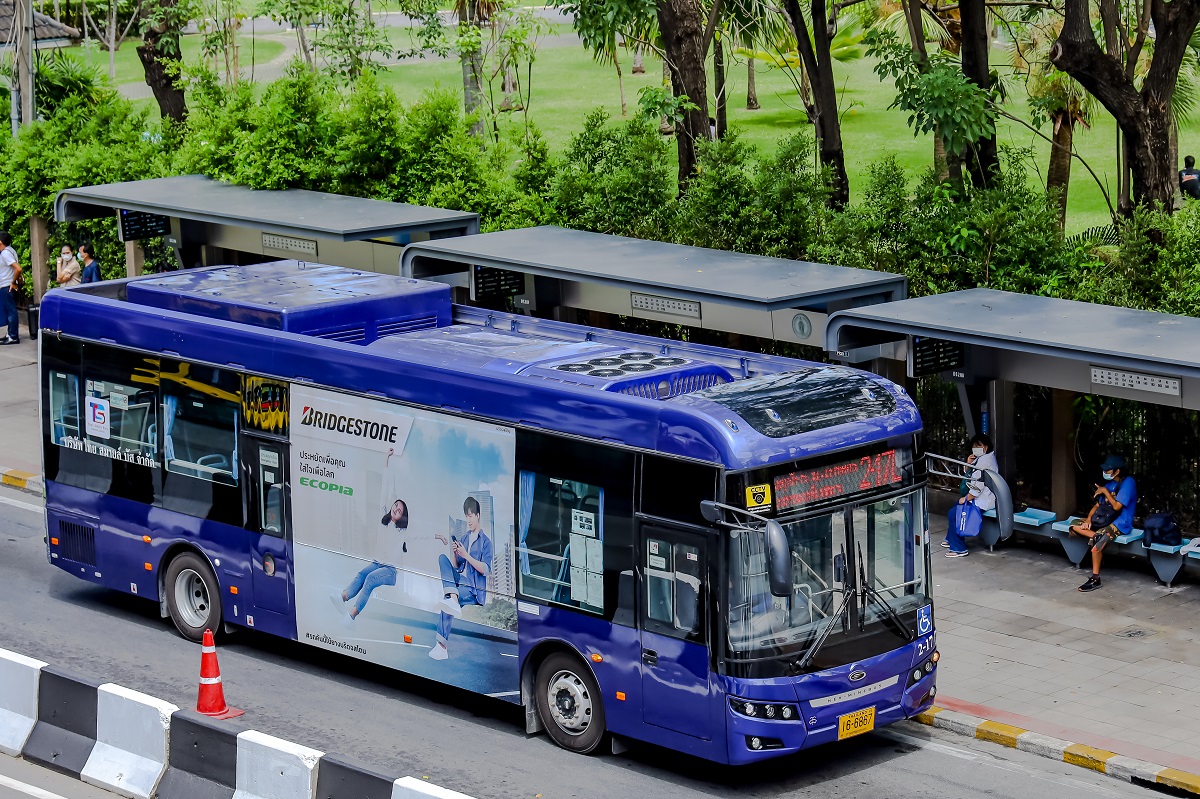
By Bus Long-distant buses reach where trains don’t. The government-run Bor Kor Sor is the biggest and offers a variety of bus types, although several private companies provide service to similar destinations. The ordinary buses are suitable for short trips, as they have no air-condition and make virtually every stop along the way. Superior buses range from simple air-conditioned type to comfortable tour buses with reclining seats and hostesses serving drinks. For the routes, each of the main four regional lines depart from various designated terminals. The Ekamai Terminal serves the eastern coastal routes, while Sai Tai Mai (Borom-Ratchachonnani Road) serves the southern routes. Mor Chit Song serves both the northern and northeastern routes. Like the trains, always reserve your tickets in advance when travelling during major holidays. By Car Renting a car is a good option for those who prefer more privacy and comfort, as well as those wishing to travel off the beaten path. Major international brands provide services in popular tourist cities. Local rental brands are often less expensive and have more flexible rental policies. Be warned, though, that driving in Bangkok is not for the faint-hearted.
Useful Information
Electric and Plugs Voltage is 220 Volts with either 2 flat blades (NEMA 1-15 or JIS C 8303) or round 2 pin plugs (Europlug CEE 7/16). You can buy an adapter for shavers, laptop computers, mobile chargers, etc., on arrival at most department stores.
Useful Telephone Numbers
While traveling in Thailand is fairly easy, these phone numbers might come in handy. Write them down and keep them in your wallet, for peace of mind. Tourist Police 1155 (English, French and German spoken) Tourist Service Center 1672 Telephone Directory Assistance 1133 Thailand Yellow Pages 1188 Highway Police 1193 Tourism Authority of Thailand 1672 Immigration Bureau +66 (0)2 287 3101 to 10 Suvarnabhumi International Airport +66 (0)2 132 1888 Thai Airways 1566 Bangkok Taxi Call Center 1681, 1661, +66 (0)2 424 2222 For emergency numbers, scroll down to Emergencies section.
Time Zone
Standard time zone: UTC/GMT +7 hours.
Postal Services
Thailand’s postal services are generally reliant and efficient. Post offices are usually open Mondays to Fridays from 8am to 4.30pm, some are open Saturday 8.30am to 12.00. Normal postal delivery and collection services are made twice a day – morning and afternoon. However, some areas are only serviced once a day. Several individual shops offer reliable postal services, but add a small service fee on top of the regular postage. Major hotels provide basic postal services on their premises. International courier services are also available and include DHL, Federal Express, TNT, UPS and Air Borne.
Communications
Telephone Services
Since September 1, 2006 all telephone numbers in Thailand have ten digits including the area code. The international dialing code for Thailand is 66 and you must drop the 0 from the area code. International direct connections (IDD) to almost every country are provided by the Communication Authority of Thailand (CAT). For directory assistance in the great Bangkok Metropolitan area, dial 13. For directory assistance in the provincial areas, dial 183. For operator-assisted long distance calls, dial 101 for domestic calls, 100 for international calls.
Mobile Phones
Using your mobile phone in Thailand shouldn’t be a problem if you arrange for international roaming in your home country. Normally the phone charge is calculated from your home country to the destination number and can be very expensive. True, AIS, DTAC are the leading service providers. If you will be staying in Thailand for a while, it is worth considering purchasing a SIM card with a prepaid option – it’s much less expensive than roaming as well as making it easier for local parties to reach you. Cards to upload credit are available from convenience stores (e.g. 7/11) nationwide. A good place to buy a local SIM card or handset is MBK, where an entire floor is dedicated to mobile communications.
Business hours
The business hours in Thailand vary according to the type of business. Shopping Malls usually open around 10:00 and close between 20:00 and 22:00. Banks open from 9:00 to 15:30 (Mon-Fri), except those located inside shopping malls which open and close a bit later, but usually no later than 10:30 – 20:00 (daily). Smaller businesses have individual hours. Pubs and bars open at different times but close at 01:00, except those located in the designated entertainment zones. Government offices open at 8:30 and close at 4:30, with one-hour lunch break from noon to 13:00.
Alcohol Sales
The sale of alcohol is heavily regulated in Thailand. You can only buy between 11:00 – 14:00 and 17:00 – midnight, no alcohol sale is allowed on the King’s or Queen’s birthdays, election weekends and special religious holidays.
Language Thai (official)
English is fairly widely understood and spoken in most tourist areas. Bilingual Thai / English road signs are found on all road signs, BTS Skytrain and MRT Subway stations and some local buses.
Emergency Phone Numbers
Let’s hope you will never be in a situation where you require emergency services, but in case you do, rest assured, Bangkok’s numerous hospitals can provide help in urgent situations.
Police: 191
Fire: 199
Ambulance: 1554
Bumrungrad International (emergency): +66 (0)2 667 2999
Samitivej Sukhumvit Ambulance Hotline: +66 (0)2 712 7007
Bangkok Hospital emergency room: +66 (0)2 310 3102
